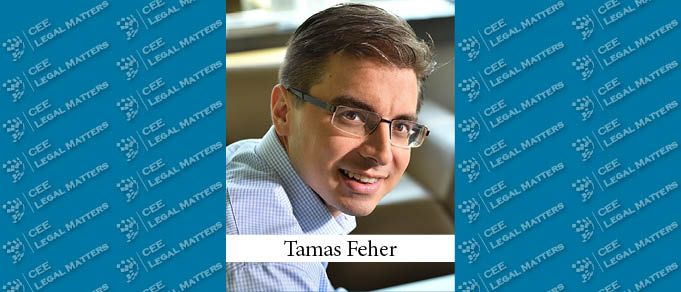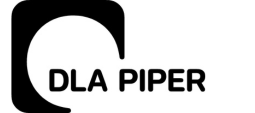First reports under DAC6 were due recently from those who are parties to a cross-border transactions. Concurrently, at the last possible moment, the Hungarian Ministry of Finance published a Guide on certain issues related to the fulfilment of the reporting obligation. It is advisable, in particular, for accountants, consultants, lawyers and banks to carefully study this 38-page document, as any of them could easily fall within the scope of the reporting obligation.
On 25 June 2018, Council Directive (EU) 2018/822 (the sixth amendment to the original Directive on Administrative Cooperation, therefore known as “DAC6”) entered into force, and, in line with OECD requirements, requires tax advisors and other intermediaries, and ultimately taxpayers themselves, to disclose information on cross-border transactions deemed to be potentially aggressive tax planning arrangements. The purpose of the reporting, which has also been labelled by many as “self-indictment”, is to enable tax authorities to become aware in good time of arrangements that implement reallocations of income that are undesirable for the (world) economy.
The reporting obligation is imposed on cross-border arrangements that meet certain characteristics (hallmarks) and criteria as specified in the Directive. The obligation primarily applies to consultants and intermediaries, including, for instance, even accountants who are involved in the implementation of an arrangement that is subject to the reporting obligation. Ultimately, taxpayers themselves are required to disclose information. The first reporting deadline has just expired, and from now on taxpayers will always have 30 days to file a report after they have been able to begin implementing a reportable arrangement or after they have been informed of the reporting obligation by their consultants.
In the eleventh hour, almost concurrently with the first deadline, the Ministry of Finance published a Guide that explains certain provisions concerning the reporting obligation. Below we analyse some provisions of this Guide.
Broad definition of “arrangement”
The key regulatory concept is “arrangement”, which means reportable solutions or transactions. However, this is interpreted very broadly by the Ministry of Finance, as the term may include not only contracts or classic transactions and solutions of which there are written records, but also mere factual situations or changes in them. In an example brought by the Ministry of Finance, when a company’s tax residence is changed by starting to organise management meetings at a place other than the company’s registered office, this could be considered an arrangement.
However, the Ministry of Finance clarifies that the lapse of time or the occurrence of a condition as a result of the lapse of time (e.g. the end of the holding period of a participation) does not in itself constitute an “arrangement”.
Active participants
Only cross-border arrangements are reportable. For an arrangement to be deemed as such, at least two of its participants must be resident in different EU Member States (or in an EU Member State and a non-EU third country). For this reason, it does matter who can be considered as a participant in an arrangement.
On the one hand, the Ministry of Finance makes it clear that everyone who plays an active role in an arrangement is a participant, which does not take much: for example, it is sufficient for a parent company to give its approval as owner to an arrangement involving its subsidiaries. Now, this may even mean that arrangements taking place in a purely domestic context become reportable simply because the parent company is established abroad. On the other hand, however, this suggests that a transaction does not become cross-border merely because, for example, the subject of a purchase and sale transaction between residents is foreign (e.g. an asset located abroad or even a shareholding in a foreign company).
Tax advantage: now it’s here – now it’s gone
One of the most problematic points of the DAC6 regulation is the concept of “tax advantage”. In case of a considerable number of hallmarks the transaction only needs to be reported, if the main advantage (or one of the main advantages) derived from an arrangement is the obtaining of a tax advantage. However, it is not always clear what constitutes a tax advantage or what a tax advantage should be measured against.
According to the Ministry of Finance, it is not necessary for the tax advantage to be realised domestically, or even within the EU. Therefore, a transaction where the tax advantage arises only in a non-EU country may also fall under the reporting obligation. Fortunately, the Ministry of Finance also clarified that, in the Hungarian context, a tax advantage provided by law (e.g. a tax exemption) should not be considered a tax advantage if the underlying transaction achieves the purpose of the given exemption and the transaction is based on real economic and commercial grounds. In simpler terms: if, for example, one avails of the legal option of a more favourable tax scheme for royalties, and adapts one’s actual economic operations accordingly, this alone will not make the transaction reportable.
What should be borne in mind?
The Ministry of Finance seems to have done hard work interpreting the rules, clarifying and thus ultimately simplifying administration for taxpayers in many ways. However, some issues still remain that will need further explanation in actual practice.
In any case, it has once again been shown that every transaction must be examined very carefully in order to determine whether or not it falls within the scope of the reporting obligation. Such an exercise needs to be done, most particularly, if a transaction involves more than one country and if it has been motivated, even if only in part, by tax considerations. From this time on, this will be a serious task for both consultants and their clients.
By Tamas Feher, Partner, Jalsovszky




